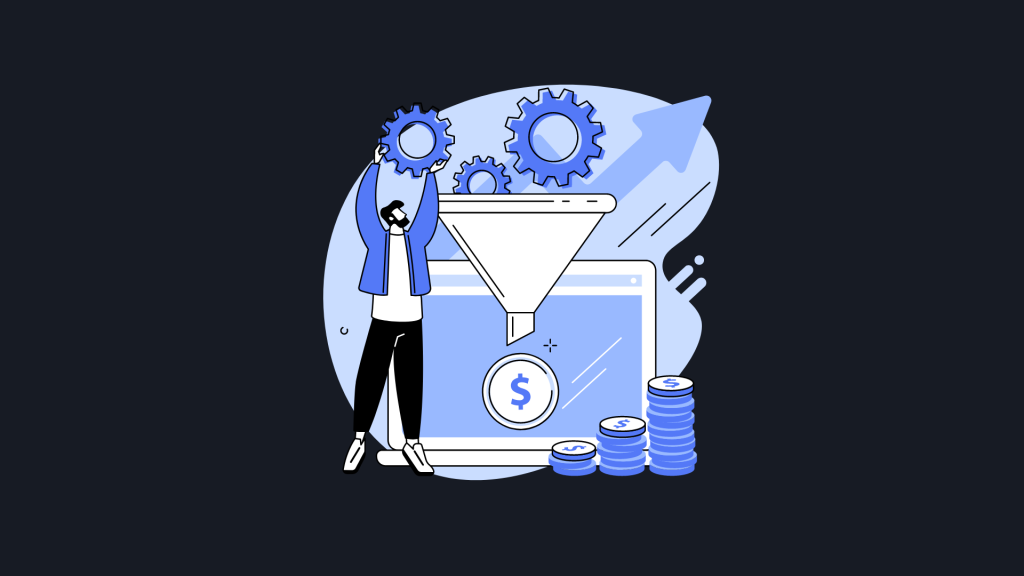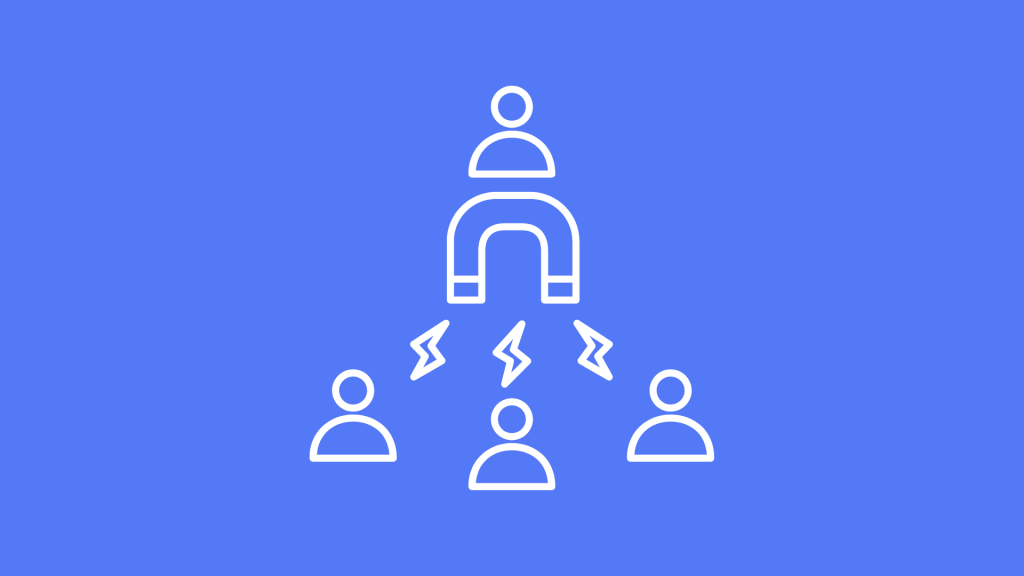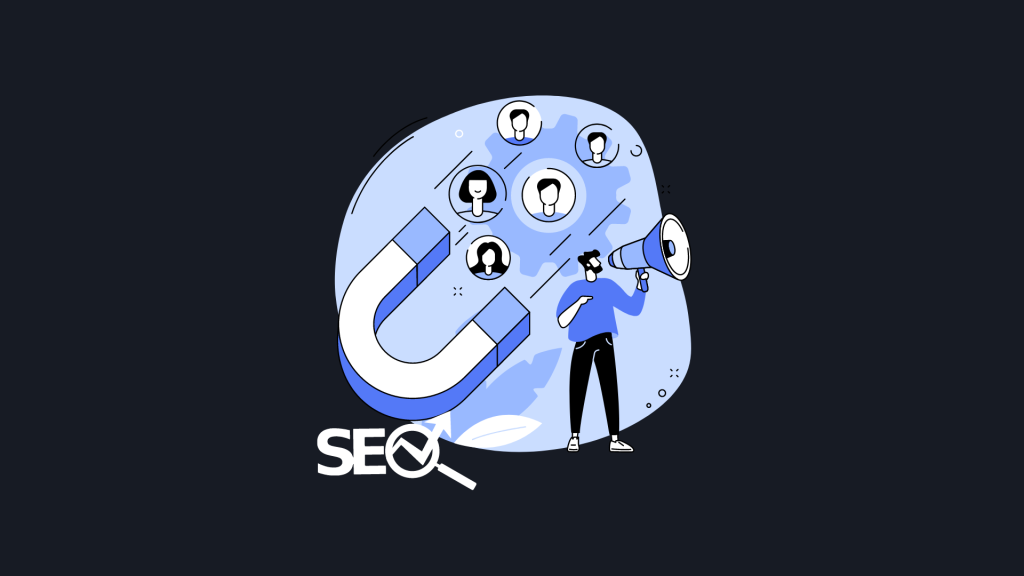How to create a lead generation funnel for your business

We have previously discussed the necessity of lead generation in building your business’ base of potential customers (or leads), so now it’s time to assess one of the key tools that many companies utilize on a daily basis. A lead generation funnel is an effective method for guiding prospects viewing your website or social profile along the journey to becoming satisfied customers, who will recommend your goods and services to others.
Also known as a customer acquisition or e-commerce conversion funnel, this device does exactly what it says on the tin. Picture a broad open mouth on the top side, which allows all of your web traffic access to a steadily narrowing route that successfully generates leads, and finishes in a spout aimed directly at your product.
What is lead generation?
The act of generating leads is simply the process of developing consumer interest in your product or service. Leads are potential clients who are willing to share their contact details with you, in order to learn more about your business. If you have successfully attracted them to your website using a blog or social media platform, then this is referred to as inbound lead generation. Outbound lead generation, however, is when a sales representative, for example, has directly contacted a potential lead via email or telephone.
How does it become funnel-shaped?
Believe it or not, lead generation funnels are led by generating leads (the secret is in the name), as it falls under the primary Awareness stage at the aforementioned broad mouth, or Top of the Funnel (TOFU). Typically, the process can include between three and six different stages, but for the sake of this explanation, we’ll keep ours to four. This means there are two Middle of the Funnel stages (MOFU), which are Interest, followed by Decision. Finally, we’re at the Bottom of the Funnel (BOFU), where you will find the Action stage.
In exploring these steps a little further, Awareness is ultimately where you open a dialogue with the potential leads who are visiting your website and introduce your solution to their problem. This can be achieved by using content marketing, social media posts, paid advertisements, SEO, or other lead generation services.
Interest represents your opportunity to nurture the visitors who have discovered your solution and convert them into contacts, by offering something in return for their email address, for example. This area can be tricky, as too much correspondence this early in the journey can put people off, whereas too little can lead to them forgetting you. These problems can be averted with the application of the correct CRM or marketing automation tools.
Once your lead has made it to the Decision stage, they are actively seeking possible solutions and are reviewing their options by weighing up the prices and features of your different products or services. This is where lead scoring tools come in handy, to help you plan the perfect time to reach out again.
Finally, there’s Action. At this point, your leads are sales-qualified and waiting with their credit cards in hand, ready to buy. People can still change their minds, however, so it bodes well to instate a last-minute form of support, whether this is an introductory discount or a phone call from a sales representative to provide that final push.
How to create a lead generation funnel
First of all, you need to understand the ways in which people discover your brand, to get an idea of the complete customer journey and how best you can generate leads. The easiest way is to list all of your current and potential touchpoints under paid media (pay-per-click advertising, point-of-sale displays or radio and TV advertisements), owned media (your website, blog or social media pages) and earned media (reviews or third-party article and word-of-mouth mentions).
Once you have sourced their introduction, then you can begin to flesh out the rest of the customer’s journey and understand the effectiveness of your lead generation strategies. It’s beneficial to complement data from google analytics and other platforms with feedback from real customers. Once you know how they feel at each stage of the journey, you can determine how their needs correlate with your funnel, and perhaps where you need to focus your finance and resources.
Put yourself into their shoes, map out their journey, and then try to answer these questions at each stage: How do they feel? What are they thinking about? What actions can they take? What questions are they trying to answer? Where are they looking for answers? And, what content are they consuming?
By answering these, you will then be able to create appropriate content for each phase of lead generation. You need to develop platform-specific campaigns, which relate to your audience’s go-to channels. For example, this could involve a 30-second teaser on Instagram or a full 30-minute video on YouTube. The shorter form of media is more appropriate for boosting your TOFU Awareness stage, whereas the more in-depth format is more suitable to the MOFU Decision or BOFU Action steps, to further guide prospects who are already interested.
Now that everything else is in place, it’s time to increase your website traffic by posting consistently on your channels, optimising your content for search engines, adding calls-to-action across your digital assets, and developing a customer review strategy. Careful management of these business leads is crucial to the funnel’s success, but for more information and lead generation services, check out our other posts or contact us here.
Written by Steven Dobinson.

